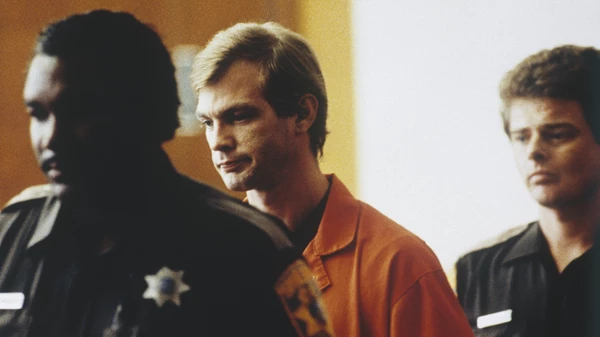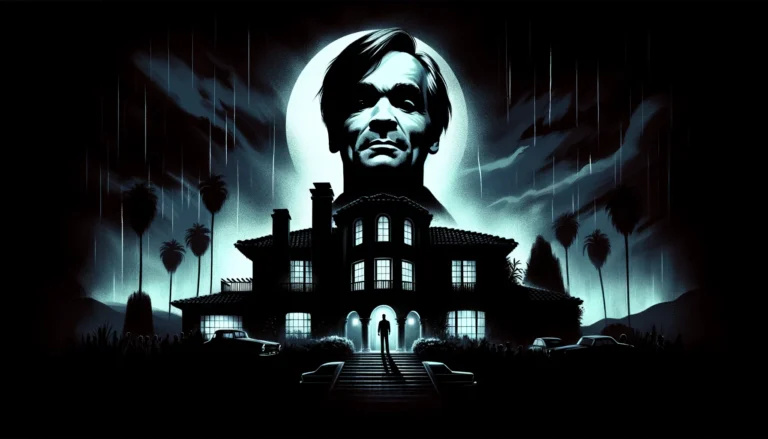The Media and Jeffrey Dahmer: Coverage of a Serial Killer
Serial killers have long fascinated the public, and their crimes often receive extensive media coverage. One such notorious serial killer is Jeffrey Dahmer, who terrorized the city of Milwaukee in the 1980s. The media’s coverage of Dahmer’s crimes and trial had a profound impact on both the public’s perception of him and the criminal justice system. This article explores the media’s role in shaping the narrative around Jeffrey Dahmer and the implications it had on society.
The Sensationalization of Dahmer’s Crimes
When news of Dahmer’s arrest broke in 1991, the media quickly seized upon the sensational aspects of his crimes. Headlines screamed about the gruesome details of his murders and the discovery of human remains in his apartment. The media’s focus on the shocking and macabre aspects of the case captivated the public’s attention, leading to a morbid fascination with Dahmer and his crimes.
One example of the media’s sensationalization is the case of the “Milwaukee Cannibal.” This moniker, coined by the press, reduced Dahmer to a mere caricature, emphasizing his cannibalistic acts rather than delving into the complex psychological factors that contributed to his crimes. The media’s focus on sensationalism overshadowed the deeper issues surrounding mental health and the failures of the criminal justice system.
The Role of the Media in Shaping Public Perception
The media plays a crucial role in shaping public perception, and the coverage of Dahmer’s case was no exception. The constant barrage of news stories and images depicting Dahmer as a monster reinforced the public’s perception of him as an evil and irredeemable individual. This one-dimensional portrayal of Dahmer hindered a deeper understanding of the factors that led to his crimes.
Furthermore, the media’s coverage of Dahmer’s trial had a significant impact on public opinion. The sensationalized reporting of the trial, with its focus on graphic details and shocking revelations, created a spectacle that overshadowed the legal proceedings. This spectacle not only entertained the public but also influenced their perception of the criminal justice system. The media’s portrayal of the trial as a form of entertainment undermined the seriousness of the crimes and the need for justice.
The Ethical Responsibility of the Media
The media has an ethical responsibility to report on crime and criminal trials in a responsible and balanced manner. However, in the case of Jeffrey Dahmer, the media’s pursuit of sensationalism often overshadowed this responsibility. The focus on graphic details and the dehumanization of Dahmer contributed to a culture of voyeurism and exploitation.
It is essential for the media to strike a balance between informing the public and respecting the dignity of the victims and their families. By providing a more nuanced and comprehensive understanding of the factors that contribute to serial killers’ actions, the media can contribute to a more informed and empathetic society.
The media’s coverage of Jeffrey Dahmer’s crimes and trial had a profound impact on public perception and the criminal justice system. The sensationalization of his crimes and the focus on graphic details created a morbid fascination with Dahmer, overshadowing the deeper issues surrounding mental health and the failures of the criminal justice system. The media’s portrayal of the trial as entertainment undermined the seriousness of the crimes and the need for justice. Moving forward, it is crucial for the media to approach such cases with sensitivity and responsibility, providing a more comprehensive understanding of the factors that contribute to these heinous acts.
































+ There are no comments
Add yours